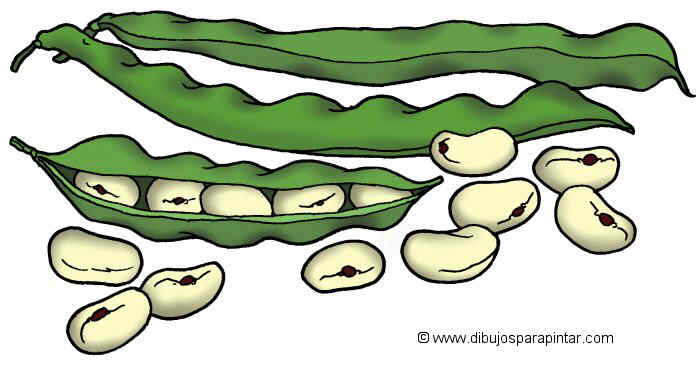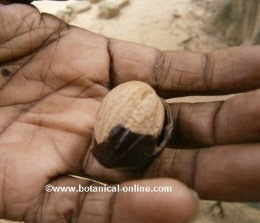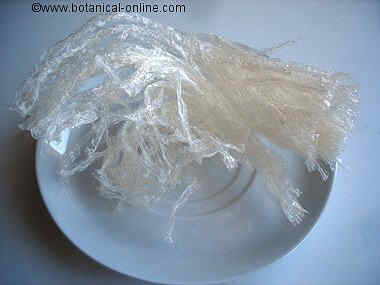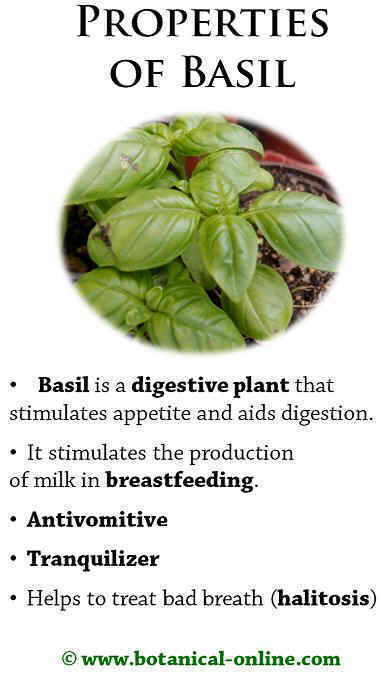Contents
RYE ERGOT FUNGUS (Claviceps purpurea)
What is ergot fungus?

Ergot, is a fungus that is specific of rye and other grasses, which synthetizes very toxic alkaloids, ergotoxins, which cause a disease well known in the Middle Ages as “Saint Anthony’s Fire.
It mainly affects rye, although it may appear in other cereals or grasses. It’s because of this fungus that rye has always had a very bad reputation. It is a fungus that grows in humid periods and contaminates the grain when it is not stored in ideal conditions.
The outer part of the fungus resembles nails embedded in the spike of rye, hence it was scientifically called Claviceps. When it begins to develop it’s light brown, but, as it matures, it becomes bluish-black.
What does ergot contain?
Among the main components of ergot is the alkaloid ergotamine, from which Albert Hofmann in 1938 extracted the Lysergic Acid Diethylamide, commonly known as LSD.
Other important components of ergot are other alkaloids such as ergometrine, ergocristrine, and ergocriptine.
What are the effects of rye ergot fungus?
Ergot is responsible for ergotism, a disease that had a high incidence among the poor people, who ate contaminated cereal grains. Ergotism can affect both humans and animals who eat the fungus-infected plant.
The main symptom is the loss of limbs in the feet and hands, ears, nose, etc… caused by poor circulation. Alkaloids that produce narrowing of blood vessels to the point that they difficult circulation are responsible for these effects. Lack of blood irrigation causes gangrene to the affected members that must be amputated.
Another characteristic symptom is the hallucinations produced by its components that it suggested during the Middle Ages, and until its content was scientifically investigated, that those affected went “crazy”.
Medicinal properties of rye ergot
Despite its toxicity, rye ergot has been used in the pharmaceutical industry to produce drugs, as medicines for the treatment of migraines, to stop bleeding after childbirth or for Parkinson’s disease.
The traditional use of rye ergot fungus is very old. Its use has been discovered in sites from the Iron Age in fertility ceremonies. The Eleusinian mysteries of ancient Greece were spring rituals in which a potion known as Kykeon was drunk. Kykeon was made with barley, goat cheese, water, and medicinal herbs, especially pennyroyal.
The Eleusinian Mysteries have been famous for their duration and the trance state of their participants. The most widely defended theory today is that barley used to make Kykeon must have been infected with rye ergot.
As a home remedy, it has been used inappropriately as an abortifacient, to increase desire and to stop bleeding in women who have just given birth.
Equally unfortunate has been its use as a hallucinogen. This practice has led to disastrous health consequences.
We should not forget that rye ergot is very toxic and can cause death in doses of a single gram.
Among the main symptoms of ergot poisoning we can mention the following: headache, vomiting, tremors, diarrhea, dizziness, very strong uterine contractions, false sensations, cold skin, chest pain, hypotension, shortness of breath and , in severe cases, cardiorespiratory arrest.
One of the most characteristic symptoms is the deep leg burning, produced by the lack of blood supply, hence this fungus is known as “Saint Anthony’s Fire”.
Is there a danger of contamination with ergot today?
Although this fungus can still be found in unmanicured or abandoned rye growing fields, fortunately, the grains and flour currently on the market are free of the mole.
It is known how to prevent and combat it even in organic farming, so there is no danger of toxicity in rye that can be purchased in food stores.
![]() More information on rye
More information on rye








